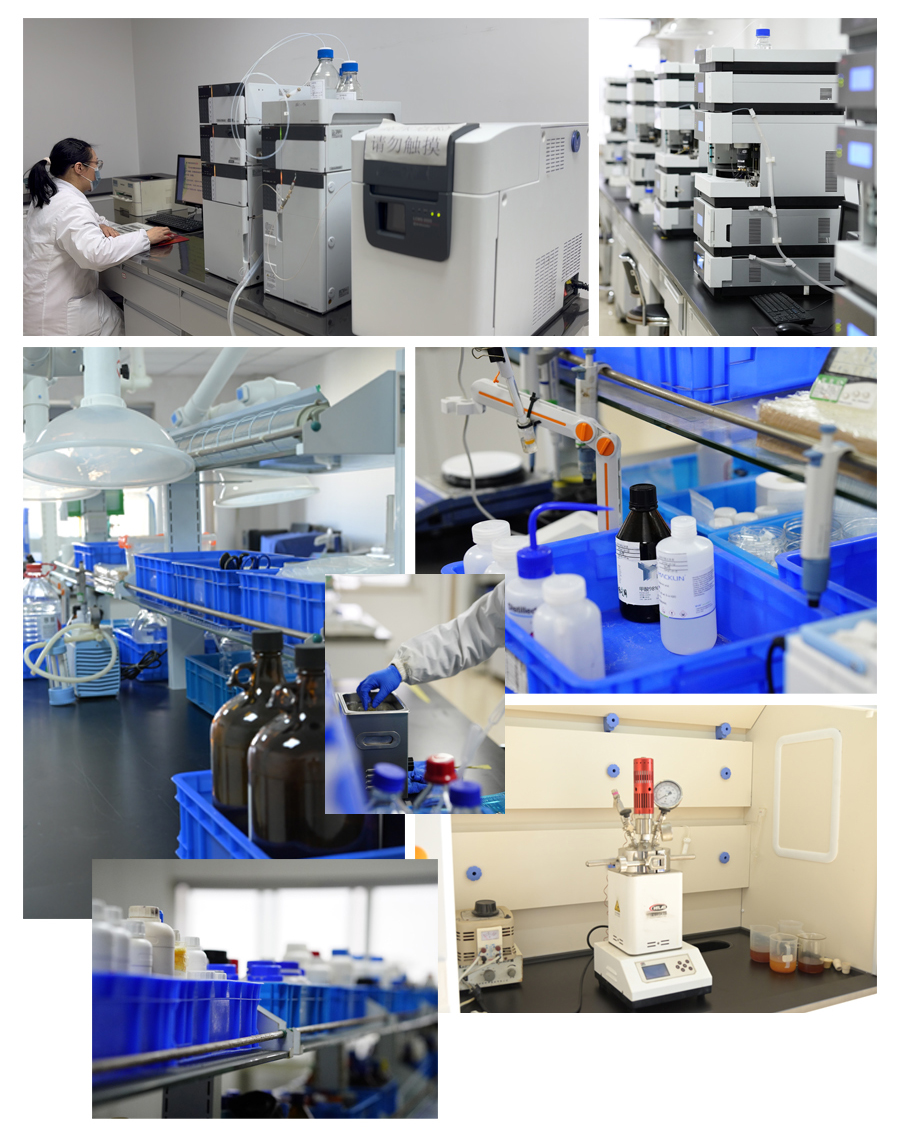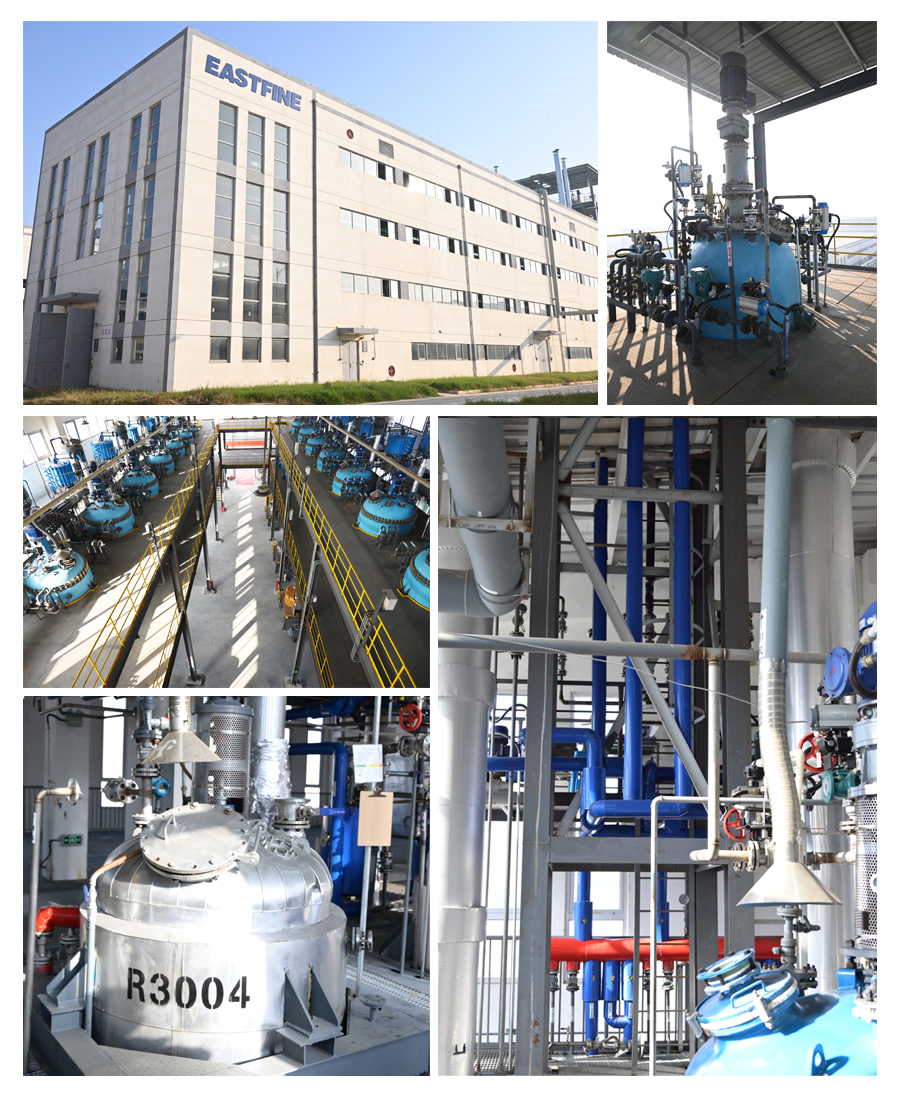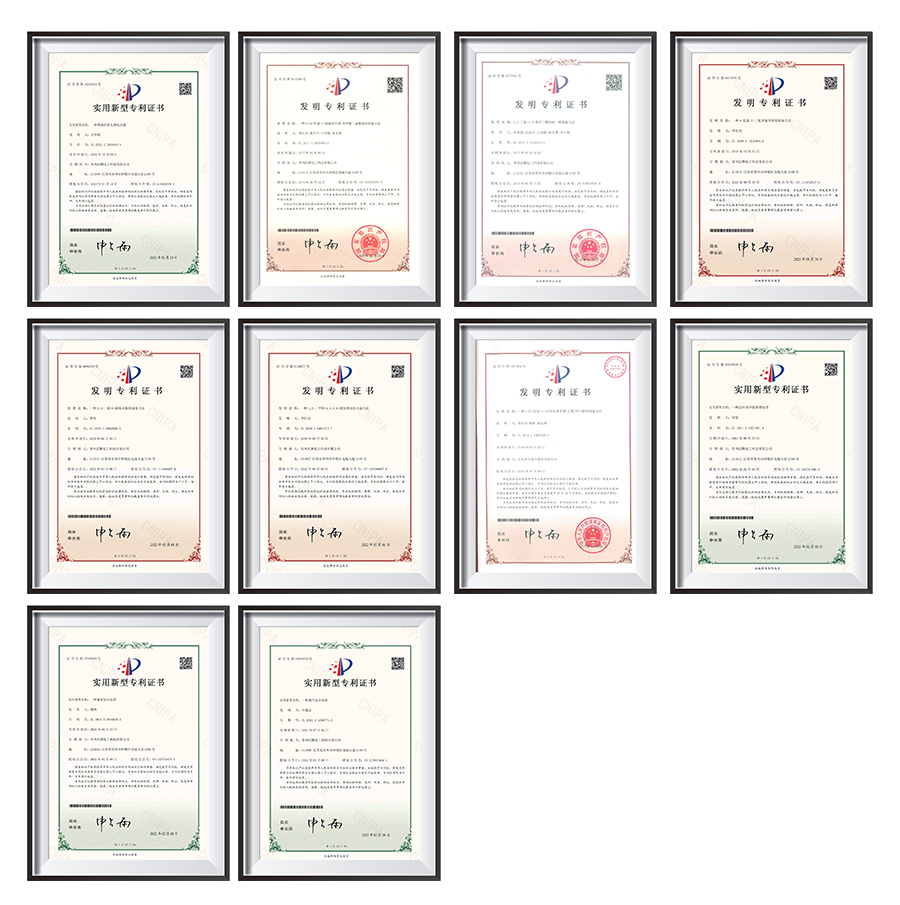| Availability: | |
|---|---|






Product Description
We are a agrochem intermediates manufacturer of 6937-34-4 3-iodophthalic acid.
Its CAS No. is 6937-34-4.
Our agrochem Intermediates can be used in a variety of APIs.
Product Category | Agrochem Intermediates |
CAS NO | 6937-34-4 |
Product Specifications | Purity ≥ 98.0% Melting point: 200-204°C Boiling point: 426.3±40.0°C (Predicted) Density: 2.138±0.06g/cm3 (Predicted) Storage conditions: KeChemical book in dark place, Sealed in dryness, Room Temperature Acidity coefficient (pKa): 1.91±0.10 (Predicted) |
Office Environment

Laboratory

Workshop/Warehouse

Certificate

6937-34-4 3-iodophthalic acid is produced by EASTFINE , and we are in charge of overseas selling . Not just trading compamy .
China,America,Brazil,England,Russia,Poland,India,Pakistan,NewZealand,Korea,Australia,Dubai,Turkey,Indonesia,UAE.
yes , you can have 1 6937-34-4 3-iodophthalic acid sample for starting the business , but it is not free
please contact sale team for detail.
Molecular Formula: C8H5IO4
Molecular Weight: 290.03 g/mol
Melting Point: Approximately 265-270°C (depending on the source)
Solubility: It is generally soluble in organic solvents such as ethanol, acetone, and chloroform but is poorly soluble in water.
3-Iodophthalic acid has various applications in both industrial and research settings:
Chemical Synthesis: It is used as an intermediate in the synthesis of more complex organic molecules, including pharmaceutical compounds and functionalized materials.
Materials Science: As a functionalized aromatic compound, it can be used in the preparation of materials such as polymers, copolymers, and semiconducting organic materials.
Pharmaceuticals: Its iodine substitution may provide unique reactivity that is useful in drug development or as a building block in the synthesis of active pharmaceutical ingredients (APIs).
Research: Employed in organic chemistry as a reagent for studying substitution reactions, reactivity of halogenated compounds, or for the preparation of other iodinated compounds.
Avoid Inhalation/Ingestion: Use appropriate personal protective equipment (PPE), including gloves, goggles, and lab coats. Avoid breathing in dust or vapors.
Storage: Store in a cool, dry place, away from incompatible materials such as strong oxidizing agents.
Ventilation: Work in a well-ventilated area or fume hood to minimize exposure to any fumes that may arise during synthesis or handling.
Disposal: Follow local disposal regulations. Avoid releasing this compound into the environment.
Polymer Chemistry: It can be used as a monomer in the synthesis of iodinated polymers that may have specific electronic or optical properties due to the iodine substitution.
Pharmaceutical Chemistry: It may be useful in the synthesis of iodine-containing drugs or in reactions where iodine's high electronegativity influences reactivity.
Materials Science: Iodinated compounds like 3-iodophthalic acid are often employed in the preparation of organic semiconductors, light-emitting diodes (LEDs), and other materials used in electronics.